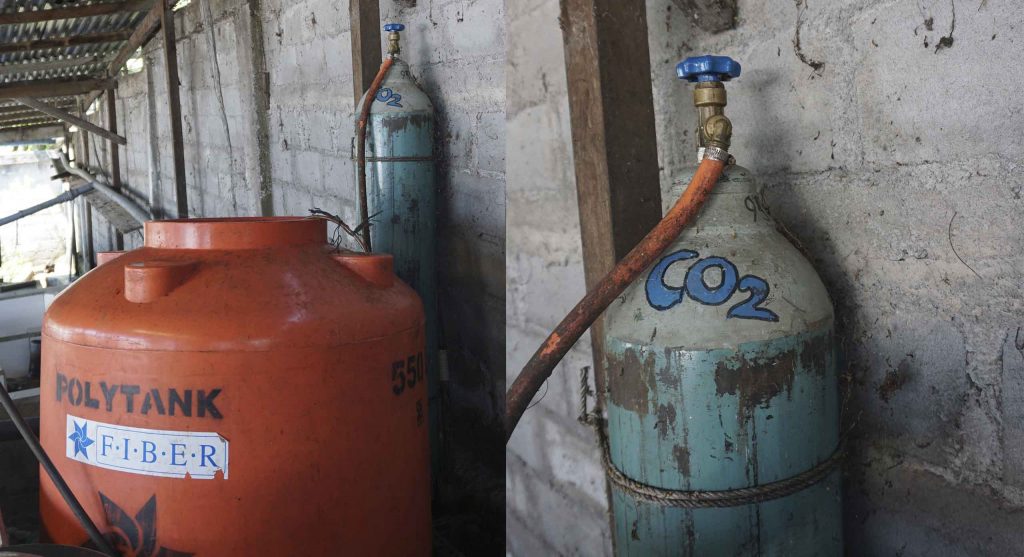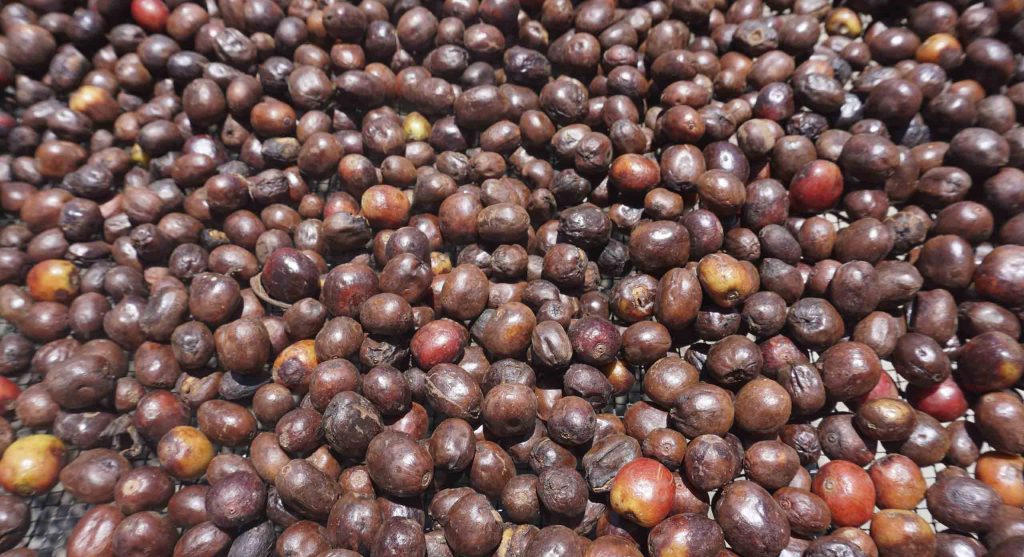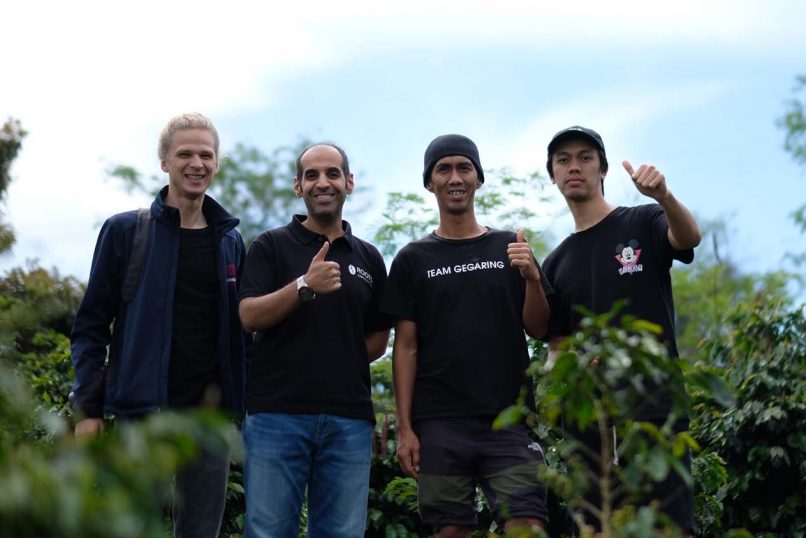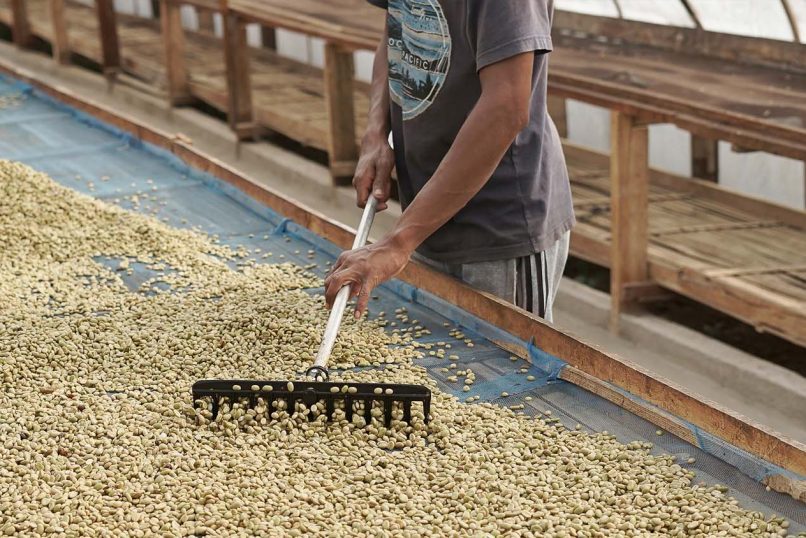What is Carbonic Maceration Coffee Process?
Share:
This process was significantly blown in public when Sasa Sestic won WBRC in 2015. Carbonic Maceration actually has been found in coffee processing technology since 2004 in Central America.
A simple explanation from this fermentation method is also called Anaerob Carbonic Maceration. It means coffee cherries are put on an airtight tank filled with no oxygen (O2) but carbon dioxide (CO2). And these are the differences between this process and other processes.

Poly-tank filled with no Oxygen (O2) but Carbon Dioxide (CO2).
Why only a whole coffee cherry can be smothered with carbon dioxide? The answer is because of the materials. This method needs a thick layer of mucilage to soak the coffee beans inside, this is important to develop rich-tasting aspects. So, whether we want to process dry or wet process, first of all, we need whole coffee cherries inside poly-tank.
Here 3 main stages of the first half of the carbonic maceration process:
1.Handpick
The first step is a common step in coffee processing, picked up good quality coffee cherry, ripe cherries is a must.
2. Fermentation-Maceration
The second step is the Maceration itself. Once the coffee cherries collected, the coffee then put inside the poly-tank and let fermented within the adjusted timeframe while it is injected by the carbon dioxide.
3. Selection process Dry or Wet Process
After the Maceration fermentation process is done, the further step is to choose whether to use Dry Process (Natural/Honey) or Wet Process (Washed/Semi Washed). Once it is decided, the next process is to process the coffee as usual as the common coffee processing protocol. If you chose Natural Sundry for the process, after the maceration fermentation is done, then the coffee is collected and let dry under sunlight for usually 20-30 days, until reaches the targeted moisture level (10-12%).

this is how cherry coffee looks after fermented several days inside a poly-tank.
Once it is done, the coffee is brought to the next step, is, dry hulling, this aims to peel the skin of the coffee fruit and flesh that is still stuck to the surface of the coffee beans so that only the seeds will be left. Thus, the coffee is ready to be graded by using any grading method such as Gravity Sorter, Screen Size Sorter, or Hand Sorting method.




